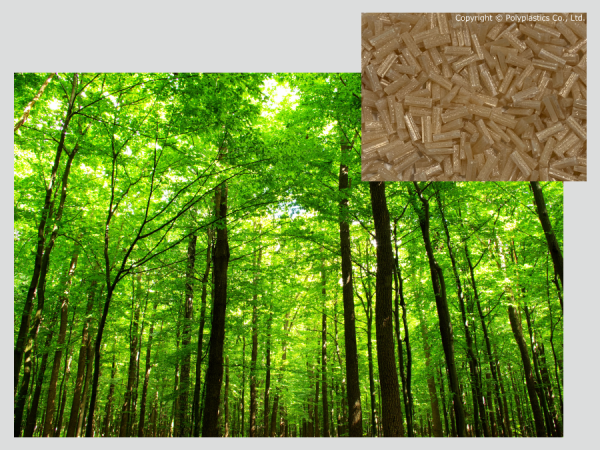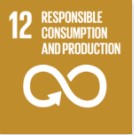News
2022
Polyplastics’ New PLASTRON® LFT (Long Fiber-Reinforced Thermoplastics) Are Made of Regenerated Cellulose for Lighter Weight and Higher Strength
Polyplastics
Polyplastics Group has announced the introduction of PLASTRON® LFT which are made of specially formulated regenerated cellulose fibers. The eco-friendly PLASTRON® LFT provides weight reduction plus mechanical strength, enabling manufacturers to reduce their carbon footprint and meet today’s sustainability demands.

Eco-friendly resins that incorporate natural fibers, starch, wood powder, and other plant-based and natural mineral filling materials are being considered for use in a broader range of applications. Cellulose is a promising material to help reduce CO2 emissions but its insufficient strength is a limiting factor. Polyplastics has addressed this problem by using regenerated cellulose in the development of LFT resins with an excellent balance of physical properties. Regenerated cellulose is natural cellulose spun into continuous fibers through wet spinning.
Since cellulose is highly insoluble in solvents, a large portion of regenerated cellulose fibers are manufactured through long and cumbersome processes. Simplifying these processes would likely lead to a further reduction in CO2. Polyplastics has developed regenerated long-fiber cellulose materials via a solvent method – a simple manufacturing process that emits very little CO2. Since this method involves a closed process that recovers virtually 100% of the solvent, it generates hardly any waste and produces materials that are even more eco-friendly. The company has earned multiple patents for this technology in Japan and internationally.
A comparison of long-fiber cellulose-reinforced PP resin versus long-fiber glass-reinforced PP resin at the same flexural modulus shows that cellulose-reinforced resin has lower density than glass-filled resin. While long-fiber cellulose-reinforced PP resin has a flexural modulus roughly 3% higher than that of 30% glass-reinforced PP resin, it exhibits higher values for Charpy impact strength, tensile strength, and flexural strength, thus indicating potential for upgraded strength.
For more information, visit:
https://www.polyplastics-global.com/en/approach/10.html
SDGs related to this article




